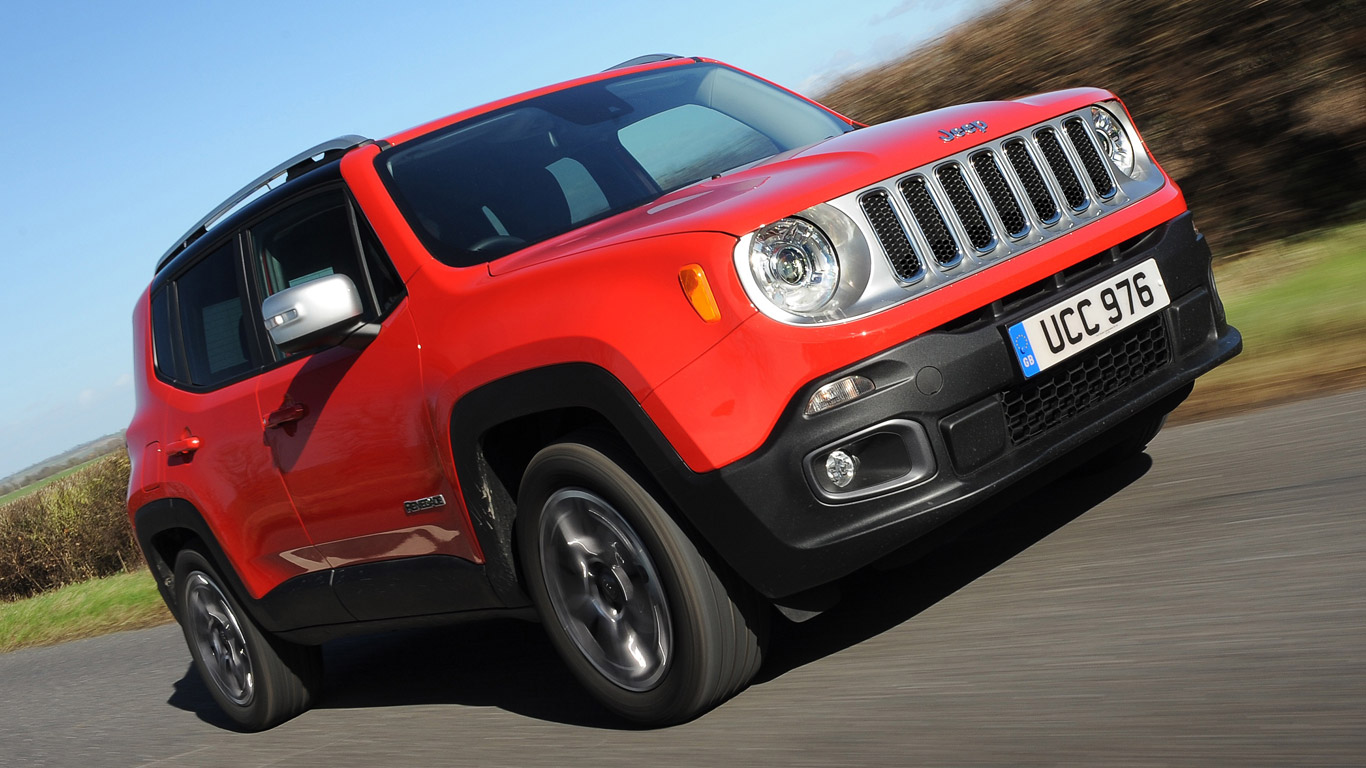
If you’re a Jeep purist, look away now. This is the smallest Jeep ever, and the firm’s attempt at a trendy crossover vehicle. It shares a platform (and a factory) with the Fiat 500X – making it the first Jeep to be built exclusively outside of North America.
What are its rivals?
The Jeep Renegade has no shortage of crossover rivals. These include the Nissan Juke, MINI Countryman, Skoda Yeti, Suzuki Vitara, Mazda CX-3 and, of course, the Fiat 500X.
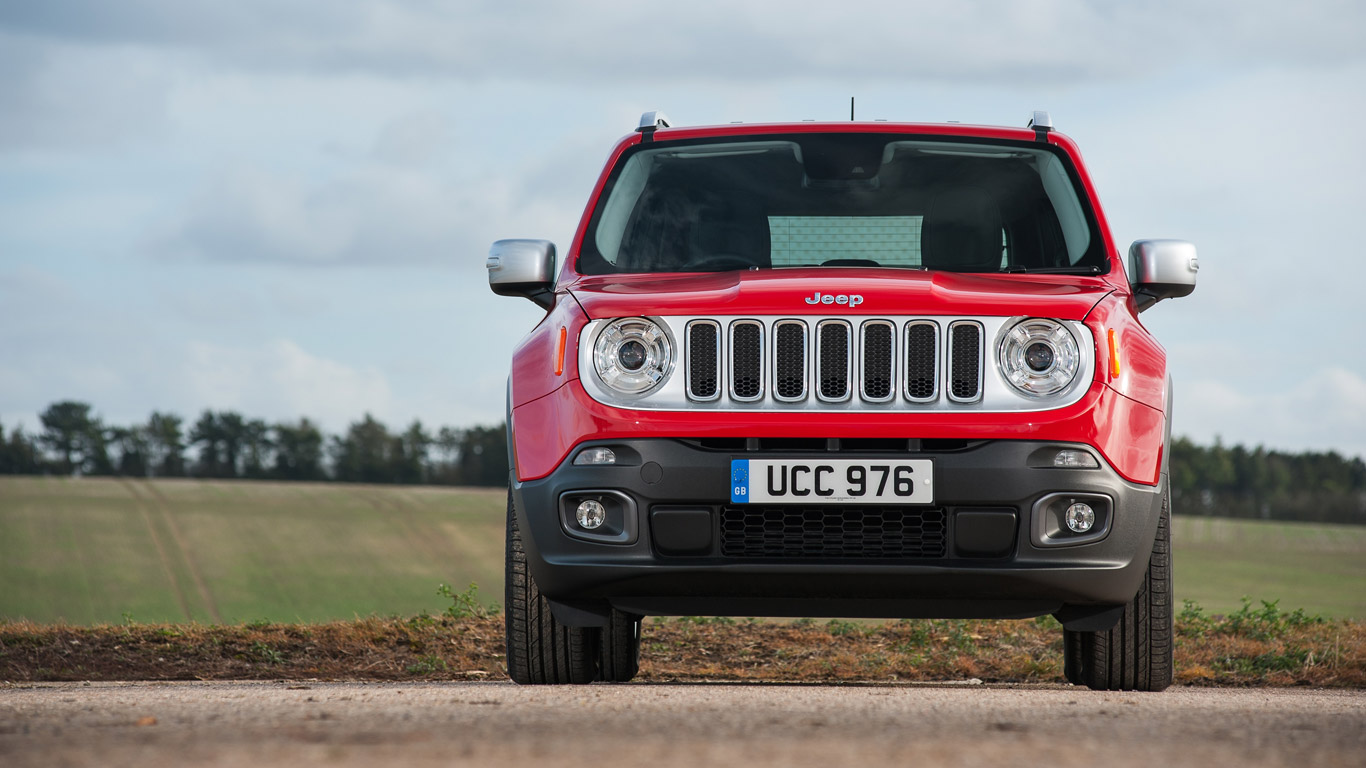
Which engines does it use?
Buyers get a choice of a 1.4-litre petrol engine (with 140hp or 170hp) or 1.6-litre and 2.0-litre diesels. The smaller and lower-powered versions of each are available with front-wheel drive, while the 170hp petrol and 2.0-litre diesel come with four-wheel drive. It’s the latter we’re testing here.
What’s it like to drive?
It feels like a proper, old-school Jeep. The diesel engine is noisy, while vibration transfers into the cabin through the steering wheel and pedals. It almost feels like it’s been engineered this way in a bid to give it a macho-4×4 feel. Despite its four-wheel-drive system, it’s not as confidence-inspiring as you’d expect on the road – it runs out of grip quite easily in the wet, and the steering is overly light.
The ride is choppy, combining a harsh ride over bumps with poor damping, eager to chuck you off course and potentially problematic for parents whose kids suffer from travel sickness. And its slab-sidedness means it’s not the most pleasant drive on a windy motorway. You’ll find yourself drifting across your lane, before the obtrusive lane-departure warning system nudges you back.
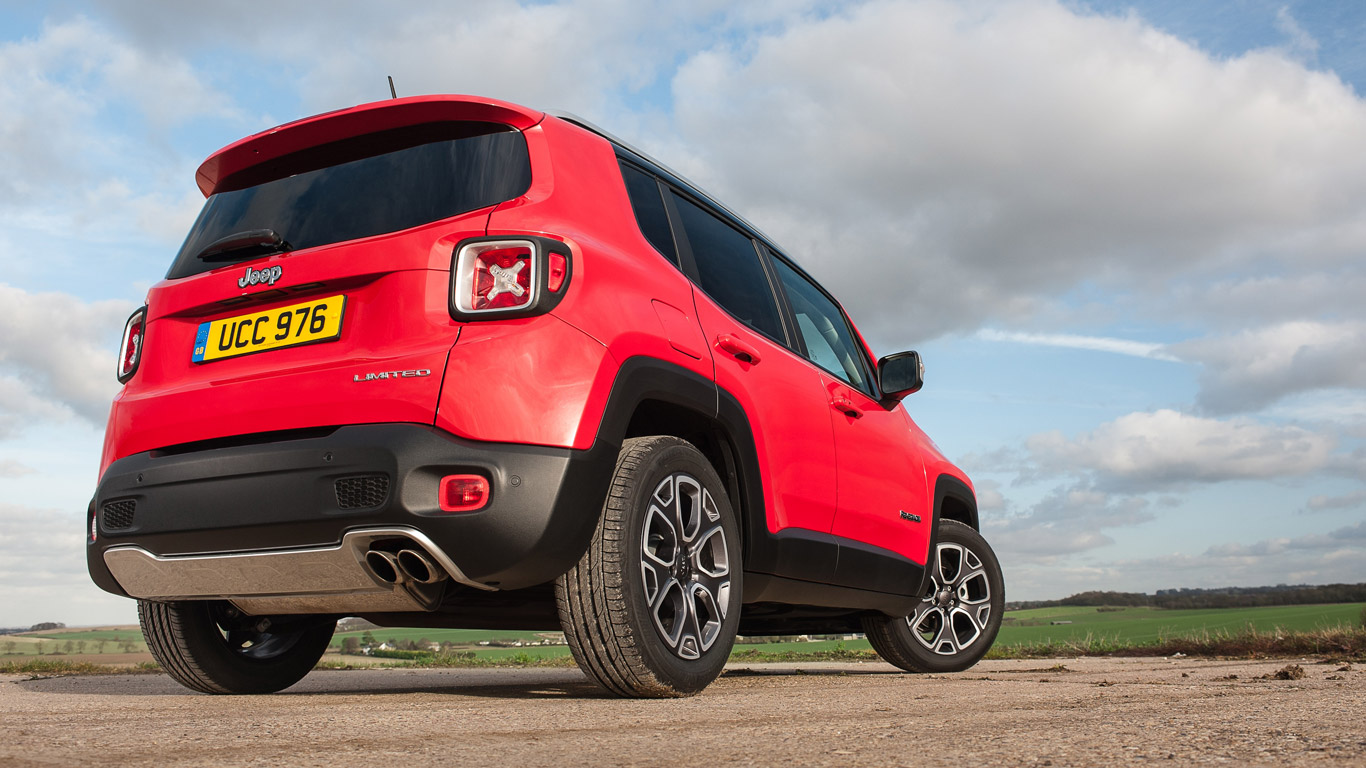
Fuel economy and running costs
The 2.0-litre diesel returns a combined fuel economy figure of 55.4mpg. That’s pretty commendable considering it’s a four-wheel-drive with genuine off-road ability. Of course, real life fuel economy figures rarely match up to the official figures, but we found it could comfortably return mid-40s during our time with the car. It emits 134g/km CO2, meaning it’ll cost you £130 a year in VED (road tax).
Is it practical?
Despite its boxy shape, the Renegade isn’t particularly practical. With the rear seats up, it’ll carry 351 litres of cargo in the boot. That’s on par with rivals, but falls short of the excellent Skoda Yeti. Rear legroom is tight, but headroom is good even for the tallest of passengers. If you look past the commanding driving position, the interior feels pretty cheap.
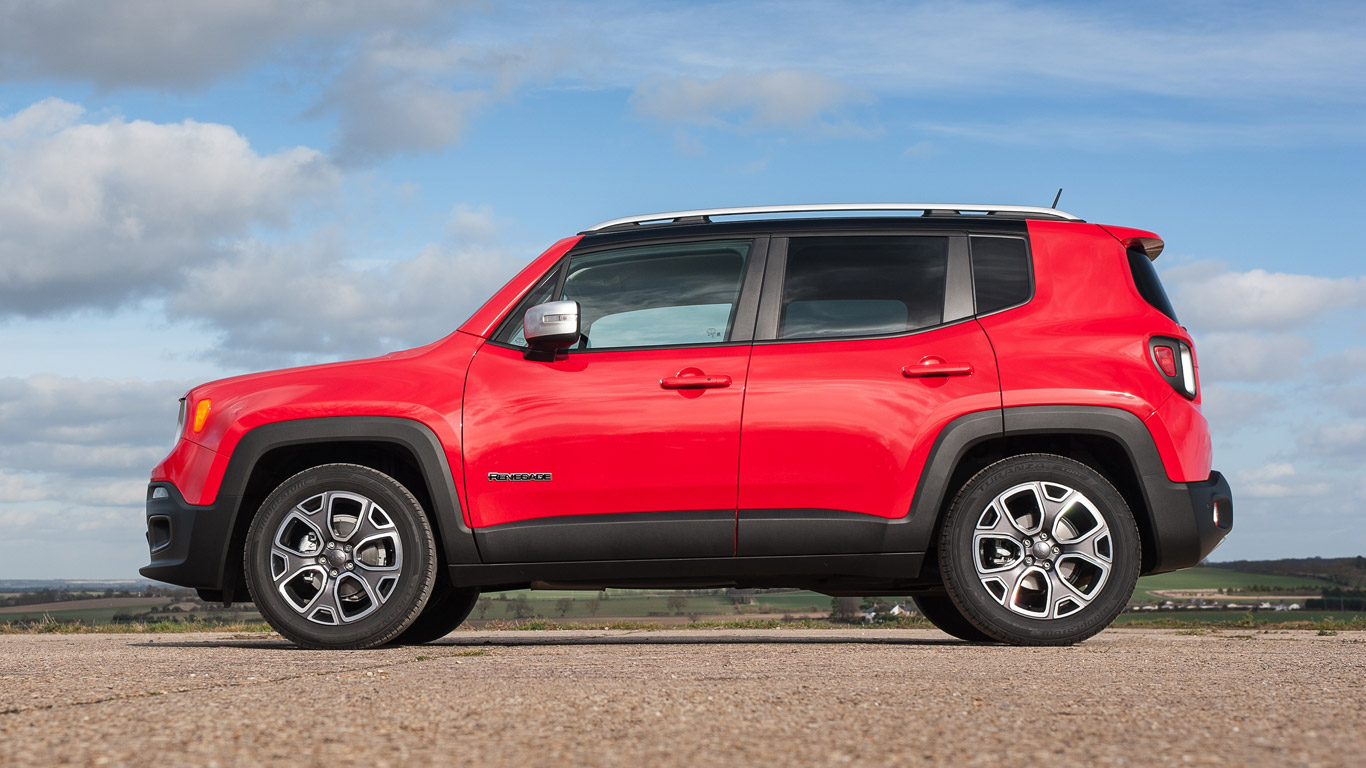
What about safety?
There’s a host of safety systems fitted as standard to this model – from the lane-departure system (as already mentioned) to its forward collision warning, which can automatically apply the brakes should it detect that you’re about to crash into another vehicle.
Which version should I go for?
Enthusiasts will mock, but we suspect the front-wheel-drive Renegade makes a lot more sense than the 4×4. Get a petrol, too – the diesel is harsh and unrefined, and the petrol will take away some of the Renegade’s ‘Jeepness’. Which is a good thing.
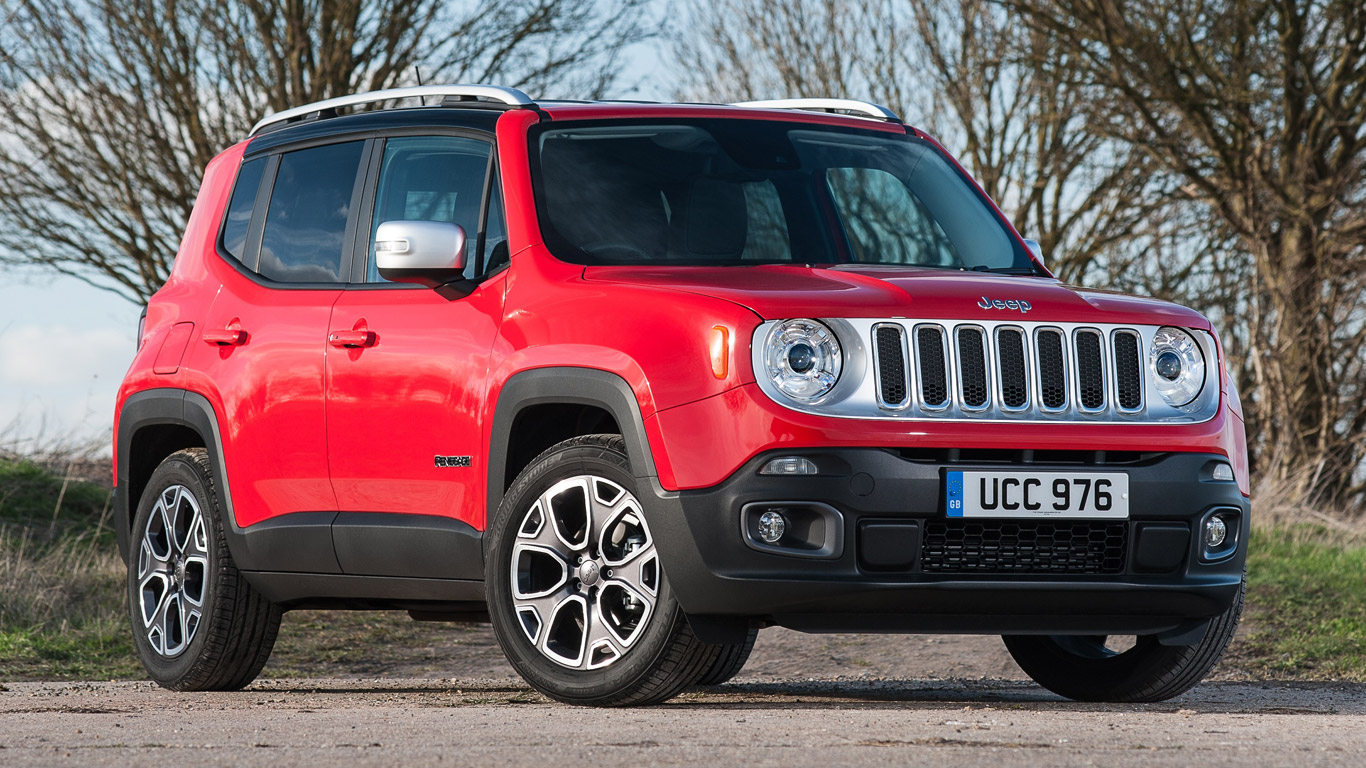
Should I buy one?
The Jeep Renegade looks cool, so it’s a tempting buy for anyone in the market for a new crossover. In reality, you’re paying a price for the style – and neither the cabin or driving experience lives up to the £25,995 price tag of our test car (before options). There is no shortage of rivals – and most of them are much easier to live with day-to-day.
Pub fact
The Renegade is full of ‘Easter eggs’ – hidden design cues giving a nod to Jeep’s heritage. These range from the petrol canister rear lights to the redline mud splatter on the tacho. How many can you count? We reckon there’s at least 30.